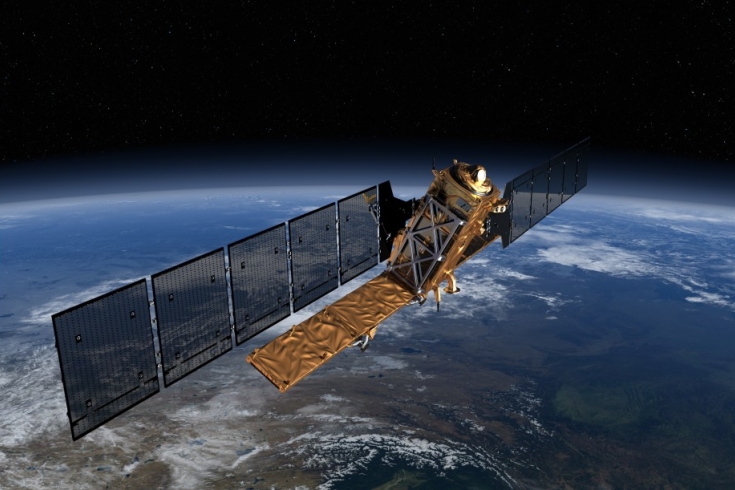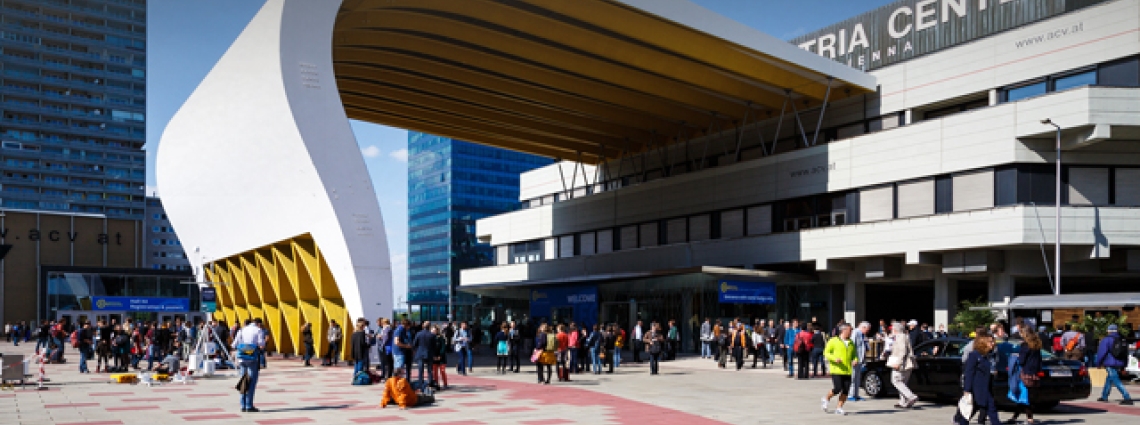The CTBTO at the European Geophysical Union General Assembly

Well-attended EGU session on "Research and Development in Nuclear Explosion Monitoring"
Gestermann briefed the conference on how the German National Data Centre confirmed the precise determination of the 6 January event’s location through the use of National Technical Means. These include data from non-CTBTO scientific seismic networks to further refine the coordinates and reduce their uncertainty described by an error ellipse. The German NDC indicated a yield estimate for the 6 January event of 10 kilotons, with an error margin of +/- 3 kilotons. For comparison, the world’s first nuclear test ‘Trinity’ in 1945 had a yield of 19 kilotons.
The position of the 2016 DPRK nuclear test relative to that of the nuclear test in 2013. The location of the 2016 event is estimated by comparing data from four CTBTO seismic stations in the region. The axis units are kilometres.
See related BBC article: Sentinel maps North Korean nuclear blast aftermath

The European Space Agency's Sentinel-1a radar satellite. Copyright: ESA/ATG Medialab
22 Apr 2016
